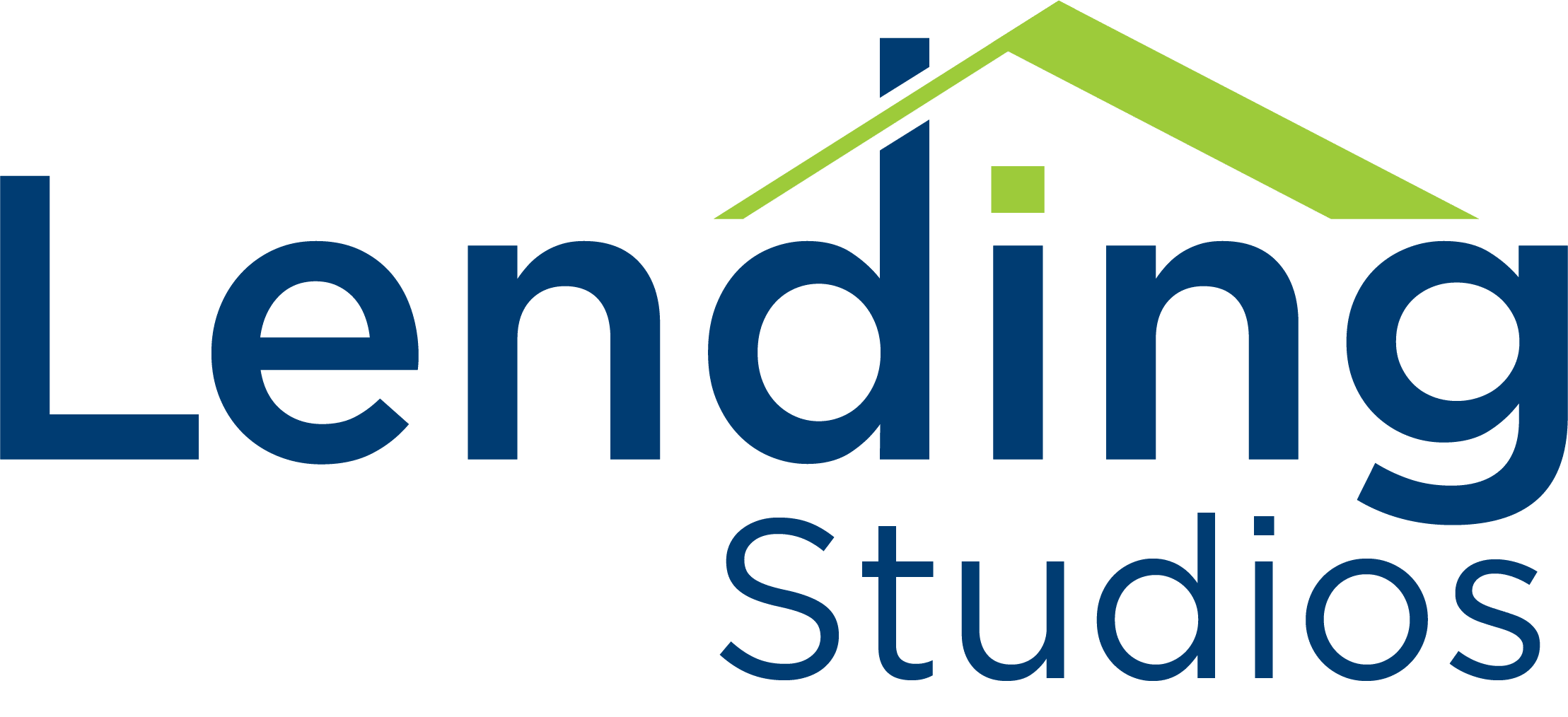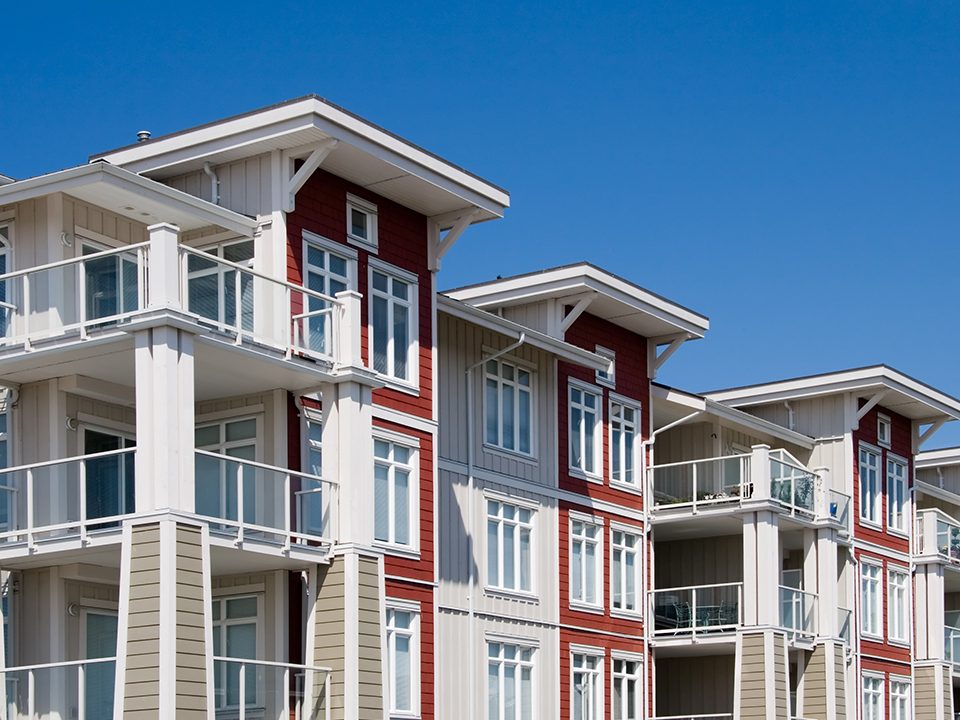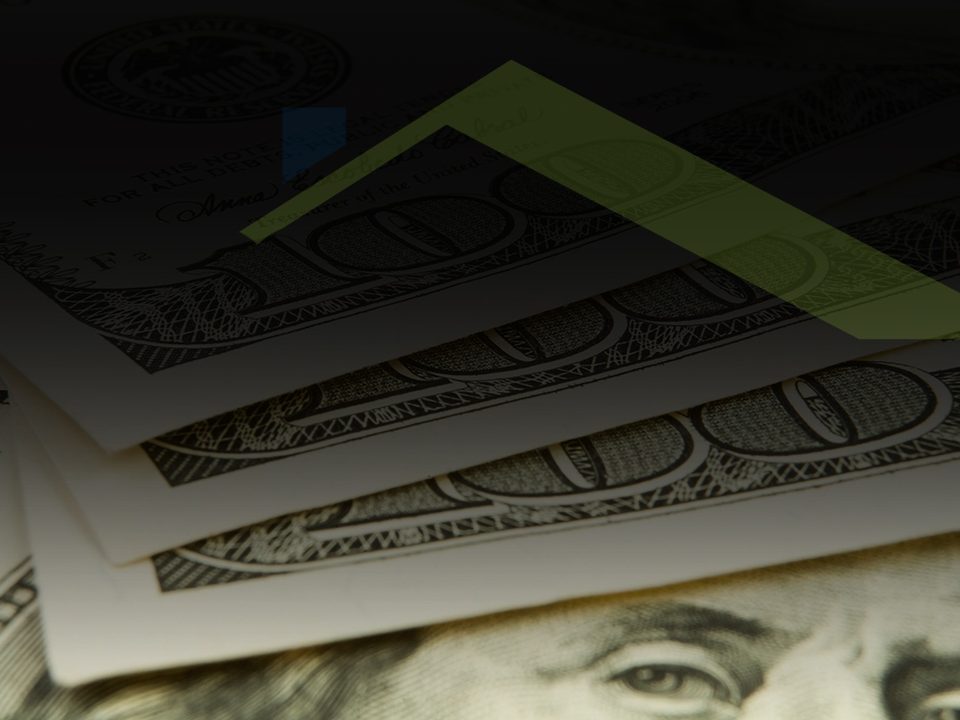How to Choose Between a 15-Year and 30-Year Refinance
If you’ve already settled on the decision to refinance your home, you’re left with two major choices. You’ll still need to choose between a 15-year and a 30-year refinance loan and making that determination is almost never as easy as you anticipate it will be. While the difference between a cash-out refinance, a streamline refinance, or even just accessing a fixed rate loan are all pretty self explanatory, the determination between a drawn out or shorter loan is not. The difference between a 15-year and a 30-year refinance is subtle, but when you get down to the details, it can make a huge difference on your long-term financial health. Your determination should come down to more than just what you can pay on a month-to-month basis for the next large chunk of time. We’re here to help make that determination a little clearer so that you can feel secure in your refinance options.
Chances are that when you first purchased your home, you likely got a fixed-rate 30-year mortgage. It’s the “American Dream” — the apple pie and picket fence of the financial world.. Generations of U.S. citizens have taken on a 30-year mortgage to help them pay down their loan over a long period of time. It’s a reliable, easy way to invest your money in a home and it’s extremely popular.
However, there’s a major downside to the 30-year mortgage that few people consider before they happily sign their name on the dotted line and speed off to begin their life in their brand new home. A 30-year mortgage requires a huge time investment into your loan and your house. Most people have only a small idea of what they’ll be doing in 30 years, let alone the kind of people they’ll become or what their hopes and dreams will look like at that time in their life. Before better medical care became more readily available, 30 years was likely to be half of the average person’s life expectancy, and that’s only just changed in the past couple of decades. In fact, 30 years is such a long time that most homeowners likely would have been better off with a 15-year mortgage when they first purchased their house rather than the standard 30-year mortgage.
These loans are structurally very similar and really only differ on paper within the loan’s term. When you get down to the details, they’re a little different and one will suit some better than the other will by default. The key difference besides the time period you’ll be investing into each loan is the total cost of the house and, by extension, the loan itself associated with the purchase of the home.
Your Loan Term Impacts The Cost
Throughout the duration of your loan, you’ll pay a certain amount of interest on the value of the loan that is often calculated at the beginning of each year. The interest you pay will be on the current outstanding balance on the loan at the start of that year. If you get a fixed rate mortgage, your interest rate and often the monthly payment will be fixed. Thus, over time, you’ll slowly start paying more on the principal as the interest on the loan shrinks with every new calculation of the remaining outstanding balance on the loan. Because your interest rate and your monthly payment is fixed, even when you have less of the loan to pay off to the bank, your payment will remain steady. This is why, at the beginning of the loan, people often refer to your mortgage payment as “only paying the interest on the loan.” In other words, throughout the course of the loan, the portion of your monthly payment that goes to interest and the portion that goes to your loan will balance over time.

Because of this relationship between the interest and principal of the loan as time goes on, the total cost of the loan will need to reflect this same progression but in a shorter period of time. For this reason, the monthly payment on shorter term loans are often much higher than those on longer term loans. This makes a shorter loan term seem much less affordable than a longer term loan simply because of the month-to-month expense involved. However, this is a common misconception that simply isn’t true.
The Amount of Time You Have to Pay Interest Impacts Your Loan
While a shorter term loan is more expensive on the month-to-month basis, it is a much less expensive alternative to a 30-year loan. A 30-year mortgage, in the long term, ends up costing you more than twice what a 15-year mortgage would. This is due to the relationship we explained above. Because the amount of interest you pay on your set month-to-month payment changes with how much money you have left in the loan, the longer the loan term, the slower your monthly payments can get to paying the principal of the loan down. You’ll spend more time paying the interest of the loan, than you will the loan itself. Since the amount you have to pay in interest is in addition to the entire principal of the loan, you’ll end up paying far more than the initial price tag on the house would lend you to believe.
![]()
Interest Rates Impact Your Overall Loan Cost
The other thing you’ll need to consider before you determine the loan term on your upcoming refinance is how much interest you really want to pay on the remaining principal of your loan. Many people will end up refinancing their home loan just to take advantage of a better interest rate. In fact, experts say that even if you can drop your current interest rate on your mortgage by a single percentage point, it’s worth the switch. Bearing that in mind, it’s important to know that lenders view 15-year refinances as a much lower risk investment than a 30-year refinance simply because the loan terms are so much shorter. For that reason, 15-year refinances will often come with lower interest rates than their 30-year counterparts. If you’re more concerned with the long-term cost of your loan, it’s a good reason to go for a 15-year, rather than a 30 year.
High Monthly Payments Impact Your Loan
While 15-year refinancing offers a great opportunity for some, including lower interest rates and a less expensive long-term cost on the house, there’s a reason that it’s not everyone’s standard go-to like a 30-year loan. The size of your monthly payment can vary by large amounts when you start playing with the interest rates between the two types of loans, and if you already have other debts that you need to consider, it’s not a good idea to explore a payment that you can’t afford. There should be plenty of wiggle room in the budget to accept a higher monthly payment, or else you’ll be stretching yourself too thin. In fact, a 30-year mortgage and refinance option remains an excellent way to keep your month-to-month expenses affordable while still paying off your house.
Now that you’re a little more familiar with the finer points between both loan types, you can comfortably move forward in the refinance process. If you’re looking for lending options, Lending Studios has a wide selection from which you choose! Start exploring interest rates and more now so you can begin the refinance process and access better interest rates and even a lower monthly payment depending on your specific terms.
Explore your options today.






